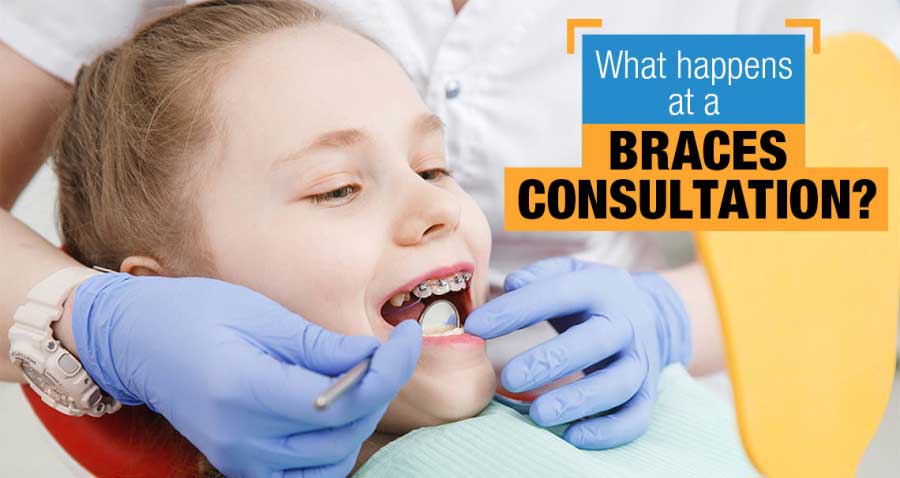The Benefits of Picking a Cumming Orthodontist for Your Braces and Aligners
The Benefits of Picking a Cumming Orthodontist for Your Braces and Aligners
Blog Article
Comprehensive Overview to Orthodontics Procedures for Correcting Dental Imbalances
Comprehending the details of each procedure, including their devices, benefits, and possible disadvantages, is essential in making notified decisions regarding one's orthodontic therapy. As we browse with the extensive guide to orthodontic treatments for correcting oral misalignments, the complex details of each approach will unfold, shedding light on the course towards a functional and unified oral placement.
Orthodontic Procedures Overview

Regular adjustments and surveillance are critical components of orthodontic treatment to make sure development is on track and to make any kind of needed adjustments along the means. By undertaking orthodontic treatments, individuals can not just achieve a straighter smile yet also boost their general oral health and wellness and feature.
Standard Dental Braces: How They Work
When thinking about orthodontic treatments for dental misalignments, typical dental braces stand out as a tried and true technique for fixing teeth positioning. Traditional dental braces consist of braces, cables, and bands that function together to apply constant pressure on the teeth, gradually relocating them into the preferred alignment.
One trick aspect of how standard dental braces job is the process of bone makeover. As pressure is applied to the teeth through the braces, the bone surrounding the teeth is improved to sustain the new tooth placements. This remodeling is important for the long-term security of the dealt with placement. People will certainly require regular modifications at the orthodontist's workplace to ensure the dental braces remain to use the proper pressure for efficient teeth motion.
Undetectable Aligners: Benefits And Drawbacks
Undetectable aligners supply a hassle-free and very discreet choice to traditional dental braces for dealing with oral imbalances. These clear, custom-made trays are basically undetectable when worn, making them an appealing choice for individuals seeking a much more aesthetically pleasing orthodontic therapy. One of the key advantages of unnoticeable aligners is their removability, permitting for simpler upkeep of oral health compared to standard braces. People can remove the aligners before consuming or cleaning their teeth, minimizing the risk of food getting embeded the home appliance and streamlining the cleansing procedure.

Surgical Orthodontic Options
Surgical interventions in orthodontics existing practical options for dealing with complicated oral misalignments that might not be effectively resolved through standard orthodontic therapies. While unseen aligners and traditional dental braces can correct many orthodontic problems, particular instances call for surgical treatment to achieve optimum outcomes. Surgical orthodontic alternatives are typically advised for serious malocclusions, considerable jaw inconsistencies, and cases where the underlying bone structure requires alteration to achieve appropriate positioning.
One typical surgical orthodontic treatment is orthognathic surgical treatment, which includes repositioning the jaws to deal with practical issues such as difficulty how to be a dentist eating or talking. This surgical procedure is often performed in partnership with an orthodontist who aids align the teeth before and after the treatment. Surgical orthodontics may additionally involve procedures to reveal affected teeth, eliminate excess periodontal tissue, or reshape the jawbone to develop a more harmonious face account.
Before thinking about surgical orthodontic options, people go through an extensive examination to determine the requirement and potential benefits of such interventions. orthodontics. While surgical procedure may appear complicated, it can dramatically enhance both the feature and aesthetic appeals of the smile in instances where standard orthodontic therapies fail
Retainers and Post-Treatment Treatment

Post-treatment care involves following the orthodontist's guidelines vigilantly. This might include correct oral hygiene methods, attending follow-up visits, and wearing the retainers as recommended. Failure to follow post-treatment treatment guidelines can lead to regression, where the teeth progressively return towards their original settings. Consistent retainer wear, excellent dental hygiene, and normal oral check-ups are vital for maintaining the results attained through orthodontic surgical procedure and making certain the long-lasting stability of the fixed oral alignment.
Verdict
Finally, orthodontic treatments provide see post numerous alternatives for dealing with dental misalignments. Traditional braces utilize metal brackets and cables to shift teeth right into proper placement. Invisible aligners give a more discreet option yet may not appropriate for all cases. Surgical orthodontic alternatives are available for extra extreme misalignments. Retainers are typically used post-treatment to keep the new positioning. Generally, orthodontic procedures can successfully improve dental wellness and visual look.
As we browse through the extensive overview to orthodontic procedures for fixing oral imbalances, the detailed details of each approach will certainly unravel, dropping light on the course towards a functional and unified dental positioning. - cumming aligners
One of the most common orthodontic therapies is the usage of dental braces, which are composed of steel brackets and cords that apply mild pressure to progressively shift teeth right into the wanted placement.When taking into consideration orthodontic treatments for oral misalignments, standard Read More Here braces stand out as a time-tested method for correcting teeth positioning. Furthermore, invisible aligners may not be ideal for complex orthodontic concerns that call for more significant teeth motion, as they are usually recommended for light to modest situations. Retainers are personalized orthodontic gadgets designed to hold teeth in their fixed positions after the conclusion of orthodontic treatment.
Report this page